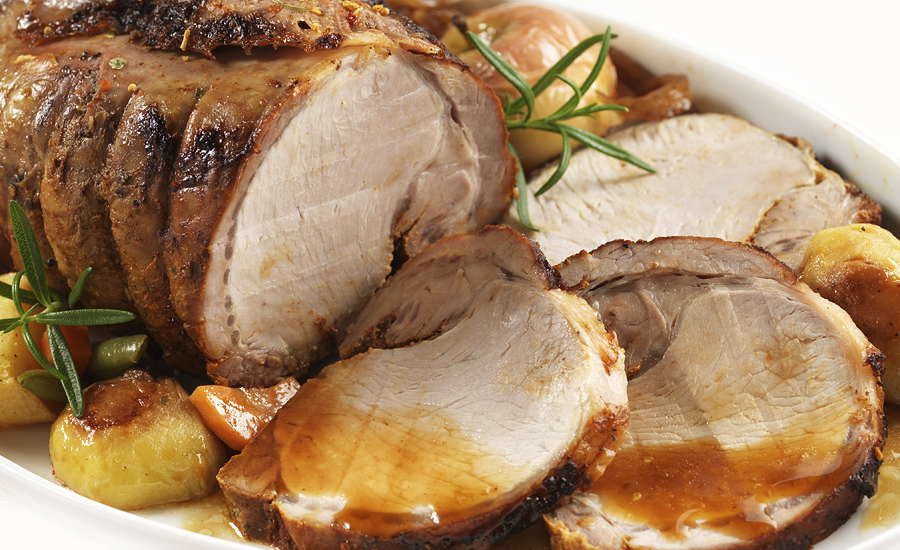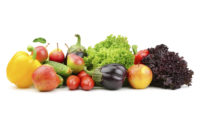A report released by the National Pork Board, Des Moines, Iowa, shows U.S. Latinos' affinity for pork and how growing purchasing power make it a critical audience for the industry. The new report, “Time to Tango: Latinos are Pork's Future,” reveals steps food retailers and packers must take to connect with Hispanic consumers, and outlines top motivators for Hispanics when selecting their preferred retailer and protein choice.
"Pork is entrenched in Hispanic heritage and culture, and extremely relevant to the fast-growing and economically powerful Hispanic segment," says José de Jesús, director of multicultural marketing. "The pork industry must proactively engage them and better meet their needs, otherwise we risk losing the Latino consumer."
According to the report, as Hispanic consumers become acculturated in the United States, the link between pork and culture weakens. Often, they can't find the cuts they want for traditional dishes in mainstream stores, so they use other proteins or shop at specialty stores that offer the service to deliver the cuts they want. Nearly half (49%) of Hispanics do not choose mainstream retailers as their go-to store, and instead opt for specialty stores, ethnic markets and bodegas. The meat case is a contributing factor — 44% of Hispanics choose to buy their fresh meat at non-mainstream grocery stores.
Other key highlights from the report:
- Accessibility. Most (79%) Hispanic consumers shop with someone else in their family and seek out stores that offer a family friendly experience. More than half seek out stores offering specialty cuts.
- Authenticity. Traditional family recipes are important to Hispanic consumers, but those traditions vary by the country of origin. What's relevant to the Cuban or Puerto Rican consumer will be different than those from Mexico or Central American countries. While two of three Hispanics in the U.S. are originally from Mexico, a third are from other nations. A "hyper-local" strategy is best and should extend beyond the meat case. Having the right cuts available is key, but also offering the seasonings, spices and ingredients needed to complete those traditional pork dishes is just as important.
- Health. Nearly two-thirds (63%) of unacculturated Hispanics mistakenly believe pork is unhealthy. The industry must focus on the nutritional value of specific cuts, including pork's protein profile.
"The food industry is changing rapidly; foresight and adaptability are the keys to survival. U.S. Hispanics spend $95 billion a year on consumer packaged goods and their purchasing power is growing," says David Newman, president. "It's no longer enough to offer a Hispanic aisle or packaging in Spanish. We need to look at each area of the store and ensure we're meeting Hispanic consumers' needs."
The National Pork Board commissioned custom research with C+R Research, Chicago, and Datassential, Chicago. The multi-phased custom studies included a variety of qualitative methodologies, including focus groups, in-depth interviews, shop-alongs and dine-alongs, as well as surveyed 11,000-plus consumers, including more than 2,000 Hispanic consumers, and paired foodservice operator interviews, volumetric data and syndicated foodservice data to gain a comprehensive, in-depth look at the needs, offerings, considerations and motivations that impact Hispanic dining decisions.


